
Sweet fish with few bones, better than salmon, delicious like rare fish: Whenever you see it at the market, you have to buy it immediately

Sea bass, also commonly called barramundi, is characterized by having few bones, rich nutritional value, and being excellent for health. It is especially recommended by experts, particularly for individuals concerned about cardiovascular health.
Thanks to these benefits, sea bass is often compared to salmon—a fish famous for its omega-3 content. In some cases, sea bass is even rated more favorably due to its ease of eating, less oily feel, and balanced fat content.
In Vietnam, thanks to its natural environment, sea bass is widely farmed. This makes this nutritious fish a familiar dish, easily found in many markets and supermarkets.
Highlighted Nutritional Value and High-Quality Omega-3 Source
The strength of sea bass lies not only in its minimal bones and easy preparation but also as a rich source of high-quality protein and essential nutrients. Notably, the fish contains ample beneficial fatty acids—especially omega-3—well-known for supporting cardiovascular health.
A publication in The American Journal of Clinical Nutrition indicates that incorporating omega-3–rich foods like sea bass into daily meals helps improve cholesterol levels and reduce inflammation, thereby decreasing the risk of heart disease.
As cardiovascular disease becomes increasingly common in Vietnam and worldwide, sea bass has been increasingly chosen for its clear benefits.
Although salmon is often known as a “golden” source of omega-3, sea bass is comparably valuable. With its moderate fat content, sea bass is more palatable, less fatty, and still ensures essential omega-3 intake.
Studies show that omega-3 from sea bass helps regulate cholesterol by reducing bad LDL and increasing good HDL, thus limiting the risk of stroke and myocardial infarction. A report from the University of Maryland recorded that regular consumption of sea bass can reduce cardiovascular mortality risk by up to 30%.
In addition to omega-3, sea bass also contains vitamin D and selenium—two nutrients vital for immune support, cardiovascular health, and boosting resistance.
Additional Health Benefits and Nutrient Content
Beyond heart health, sea bass provides comprehensive nutrients for overall well-being. Its high protein content supports muscle maintenance and recovery after illness or injury.
This fish is also rich in vitamin D and B12, supporting strong bones and joints and ensuring effective neurological function. Some studies from Harvard University indicate that regular consumption of sea bass may help reduce age-related conditions such as memory decline and arthritis.
Overall, sea bass is an excellent choice for long-term health enhancement.
Tips for Choosing Fresh Sea Bass
To prepare a delicious dish, the first step is selecting fresh fish. Look for fish that swim actively with bright, clear eyes—signs of health. Press gently on the flesh; it should be firm and elastic, not soft.
Inspect the gills: choose fish with bright red gills. Avoid fish with brownish or dull gills. Stay away from fish with bloated bodies, faded skin, or strong fishy odors—these are signs of spoilage.
Recipe: Refreshing Sea Bass Sour Soup (Canh chua cá vược)
Step 1: Clean the fish
After purchasing, remove the gills, scale, clean the gut, and remove blood along the spine. Rub the fish with salt for 3–5 minutes then rinse thoroughly.
Tips to eliminate fishy smell:
-
Soak in warm lemon juice for 5–7 minutes.
-
Soak in lightly salted water or rub with salt.
-
Soak in rice water for 15–20 minutes.
-
Soak with crushed ginger—this is very effective.
Step 2: Prepare accompanying ingredients
Clean and chop shallots, tomatoes, scallions, dill, and Vietnamese coriander (rau răm).
Step 3: Sauté the tomatoes
Sauté shallots in oil until fragrant, then add tomatoes and stir until softened and colorful.
Step 4: Cook the soup
Add 1.5–2 liters of water, season with fish sauce and tamarind. Bring to a boil, strain out tamarind solids and save the juice. Once boiling, add the fish and simmer for 5 minutes. Season with seasoning powder and MSG as needed. Finally, add fresh herbs and turn off the heat.
The result is a fragrant, light sour soup with clear broth and tender, fatty fish—delicious and odorless.
News in the same category


Thy.roid Can.cer Is a Silent Threat: 6 Groups of People Are at Higher Risk and Must Be Cautious

Warning: The Cup Many People Use to Drink Water Every Day Is No Different from “Drinking Poison”

Eat These 5 Foods to Cleanse and Detox Effectively Every Day

5 earliest signs of cer.vical can.cer: 90% of women tend to ignore them

Women Who Frequently Eat These 5 Foods May Be Harming Their Uterus and Feeding Cancer Cells Without Knowing It
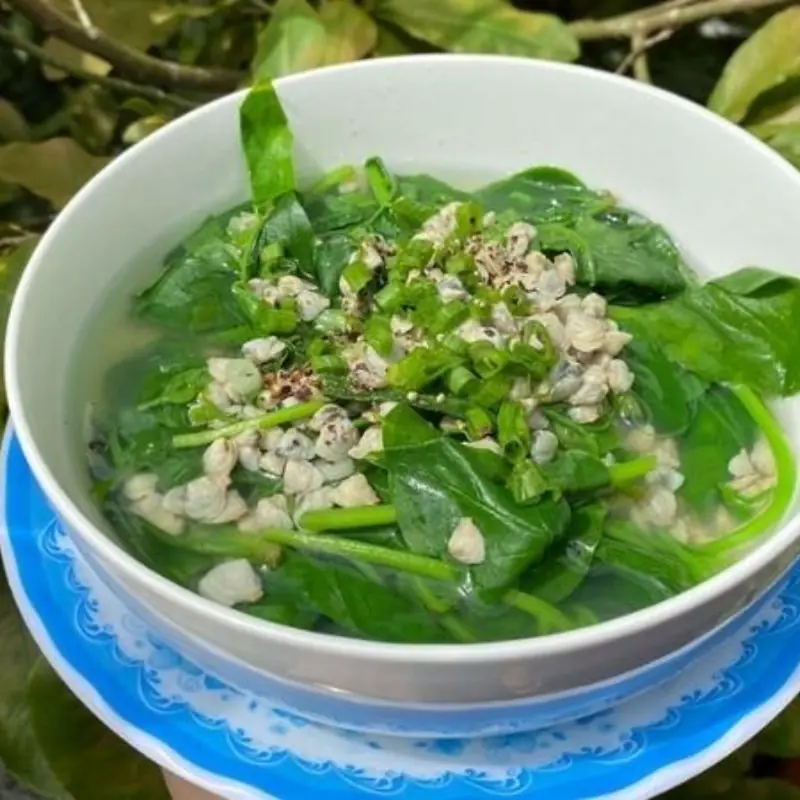
3 Calcium-Rich Vegetables That Are Almost Pesticide-Free

Why do 99% of cats sleep on their left side?
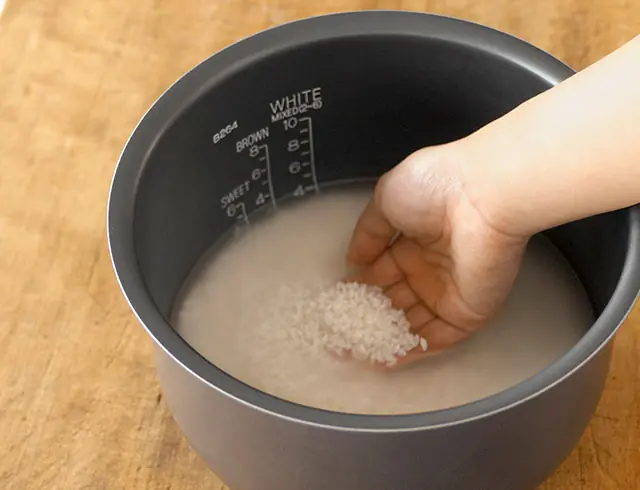
3 mistakes when washing rice that many people make because of "convenience" that poi.son the whole family

Eating Boiled Green Bananas Regularly Offers 6 Amazing Benefits

4 types of "pesticide-free" fruits and vegetables that are as nutritious as ginseng
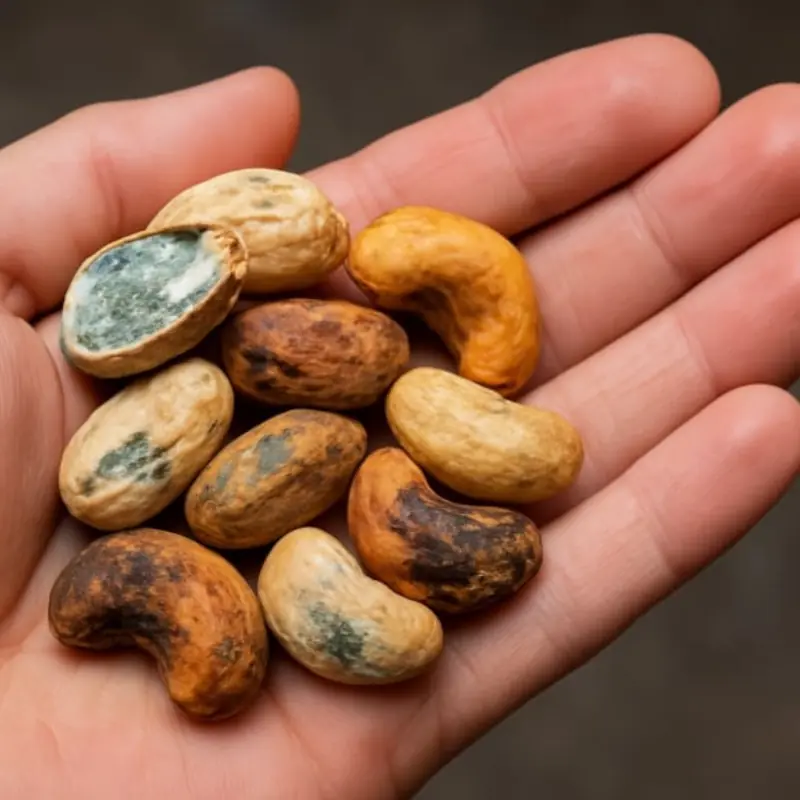
4 Types of Nuts That Seem Healthy but Are Actually Toxic

4 types of vegetables are full of parasites but many people still eat them raw every day

If You See These 7 Types of Fish at the Market, Buy Them Immediately
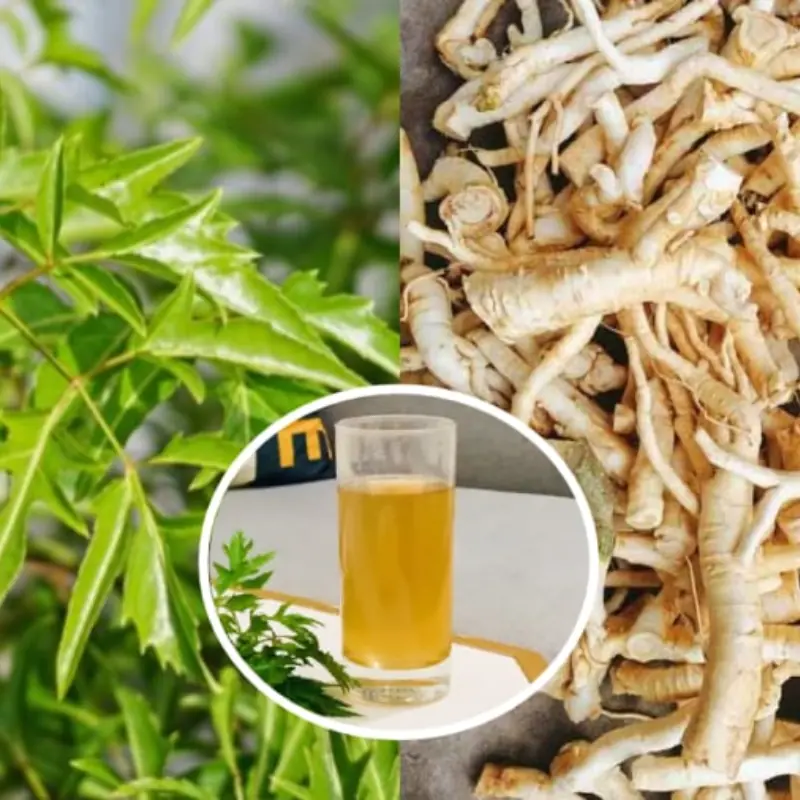
The Benefits of Polyscias Root Water: 3 Groups of People Should Avoid It

The More You Eat These 5 Types of Food, the More Hair You Lose
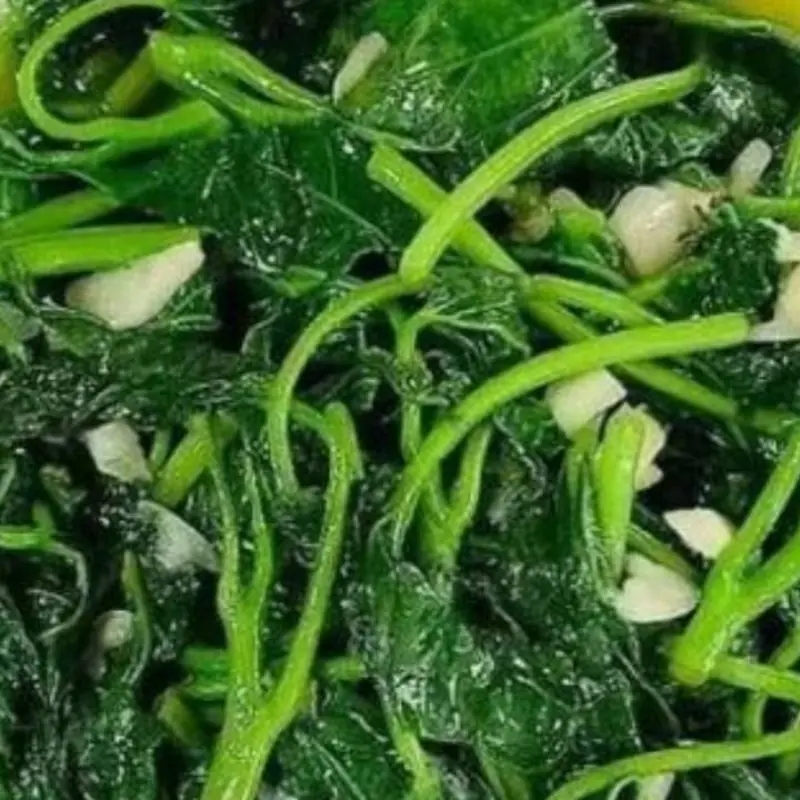
The 'Golden' Food That Effectively Fights Can.cer

To Prevent Hair Loss and Stimulate Hair Growth, Avoid These Habits

Food contains more than a thousand microplastic particles, 45 times more than bottled water
News Post

6 Bodily Changes That Are “SOS Signals” From Your Kid.neys Before Can.cer

Does Using Strong Fan Mode on the Air Conditioner Consume More Electricity?

Your Body Might Be Low on Zinc — Here Are 6 Signs to Watch For

Leftover watermelon in the fridge is not necessarily safe – if not done properly, the risk of bacterial contamination is very high!

Woman gets brain infection after eating refrigerated watermelon

The Unpleasant Truth: 5 Familiar Items That You Think Are Clean But Are NOT, The Dirtiest Is Number 4 That Everyone Uses

Bread May Be Delicious, But These 5 Groups Should Limit It

The Surprising Benefits of Ginger Peel

Identifying the “Switch” That Reduces Can.cer Cell Survival by 53%

Just 3 Minutes in the Morning: This Simple Test Can Reveal Hidden He.art Disease

Does mumps in men affect reproductive health?

3 Types of Fruit Can.cer Cells “Love”

How to remove phlegm and mucus from chest and throat

Thy.roid Can.cer Is a Silent Threat: 6 Groups of People Are at Higher Risk and Must Be Cautious

Simple signs to immediately recognize leukemia that you may never notice

Warning: The Cup Many People Use to Drink Water Every Day Is No Different from “Drinking Poison”

Eat These 5 Foods to Cleanse and Detox Effectively Every Day

5 earliest signs of cer.vical can.cer: 90% of women tend to ignore them

Women Who Frequently Eat These 5 Foods May Be Harming Their Uterus and Feeding Cancer Cells Without Knowing It
